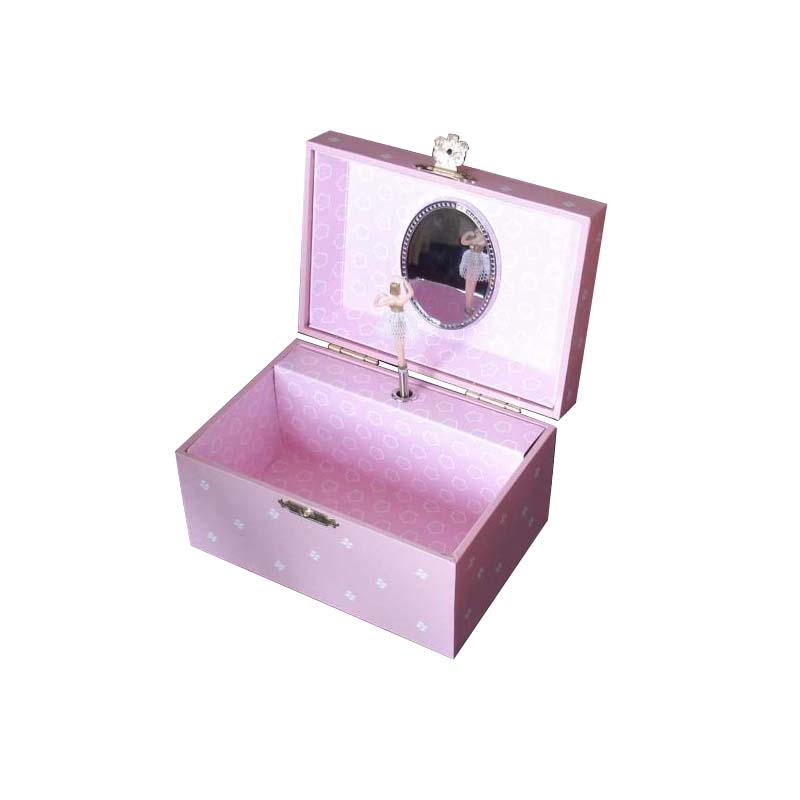Frosted refers to the glass color glaze powder adhered to a certain size area on the glass of the product. After baking at a high temperature of 580 ~ 600 ℃, the glass color glaze coating melts on the glass surface and shows a different color from the glass body. A decorative method. Adhering to the glass color glaze powder, it can be painted with a row of pens, or it can be rolled with a rubber roller. Through silk screen processing, you can get the floor pattern on the matte surface. The method is as follows: on the surface of the glass product, a layer of pattern formed by the flux inhibitor is silk-screened. After the printed patterns are air-dried, the frosting process is carried out. Then, after baking at high temperature, the frosted surface without the pattern is melted on the glass surface, and the silk surface covered with the pattern cannot be fused on the glass surface due to the effect of the flux inhibitor. After baking, the transparent floor pattern will appear through the translucent sand surface, forming a special decorative effect. Frosted screen printing flux inhibitor, composed of iron oxide, talc, clay, etc., is ground with a ball mill and has a fineness of 350 mesh. It is blended with an adhesive before screen printing.
Process for making frosted glass: manuscript-screen printing-printed glass etching ink-rinse-finished product
1. Paper: Design the required patterns with a computer. The small format can be output by a laser printer, and the large format can be engraved on a black sticky note by a computer engraving machine or output by a laser imagesetter.
2. Screen-making plate: Please use 100-180 mesh polyester screen for screen, preferably monofilament polyester screen cloth. Use water-sensitive photoresist to make plate.
3. When printing glass etching ink, it is necessary to remove the dirt and moisture on the glass surface before printing, and fully mix with the frosting paste (that is, screen printing ink). Avoid using iron, preferably "bamboo" products. When printing, it is necessary to scrape the screen twice for the purpose of adding ink. Such as manual printing, the etching ink can be scraped from one end to the other end, and then the scraper is lifted and placed behind the ink, and then scraped toward the end of the printing. The purpose is to increase printing materials. In other words, the ideal amount of ink is achieved on the glass surface. If printing in winter, the etching ink should be heated to 20 ℃ -40 ℃ for best use. When using glass, float glass must be used, flat glass is not desirable. Because the thickness of the glass is uneven, after the glass is hot-pressed, the cooling is uneven and the material structure of the glass is uneven, so even after printing, the planar effect of the etching is uneven.
4. For rinsing, the first printed glass is parked for three minutes and then placed in the pool for rinsing or rinsed with tap water. After the water on the glass dries, it shows a snowflake-like pattern. This kind of glass is very popular in the market and is popular among consumers.
Using the above process, you can make tea sets, handicrafts, etiquettes, glass containers, etc.
Music Wooden Gift Box material: solid wood, MDF
Musical Wooden Gift Box Shape: Geometric, Abstract Art
Applicable places for music wooden gift boxes: home, office, hotels/ restaurants, shopping malls, entertainment venues, exhibition halls, government agencies, squares, auditoriums, and others.
Place where music wooden gift boxes are used: Meeting celebrations, Business PR, Thanks to customers, Opening ceremony, Birthday celebrations, Weddings, Birthdays, Housewarming, Home decorations, Commemorative collectibles, Parents/elders/Leaders/Couples/lovers... ,other.

Music Wooden Gift Box
Music Wooden Gift Box,Wooden Rotating Music Box,Wooden Music Eight Tone Box,Stylish Wooden Music Box
Shenzhen Yanhua Packing Products Co., Ltd. , https://www.yhpackagingbox.com